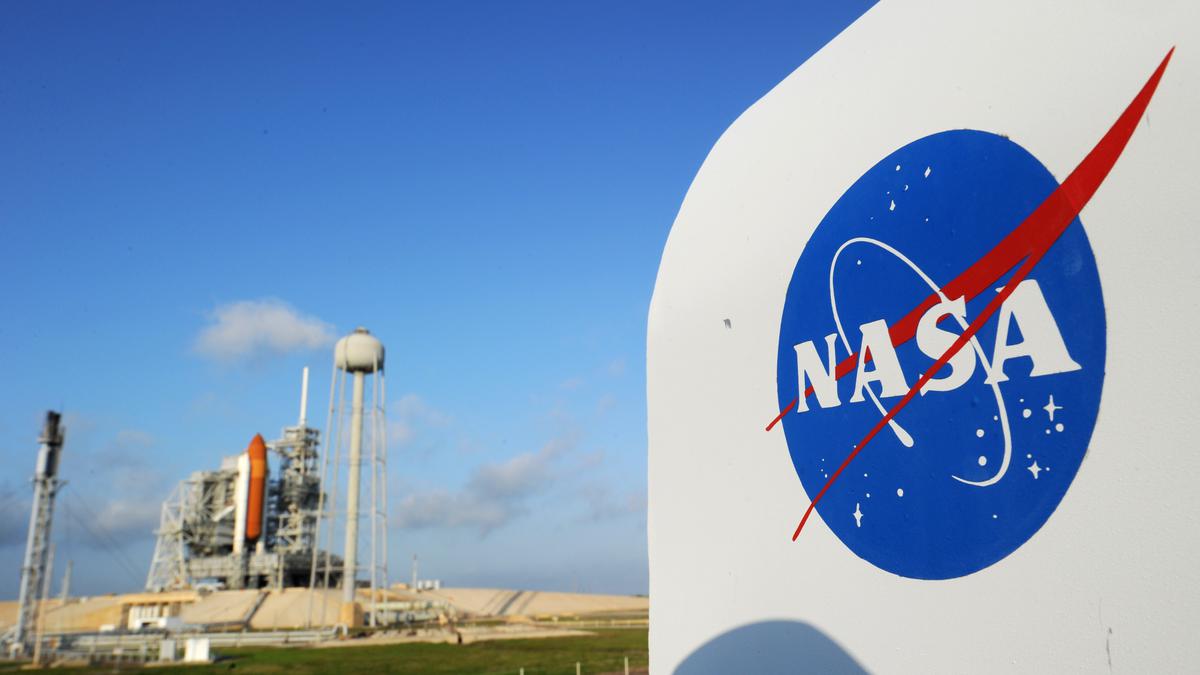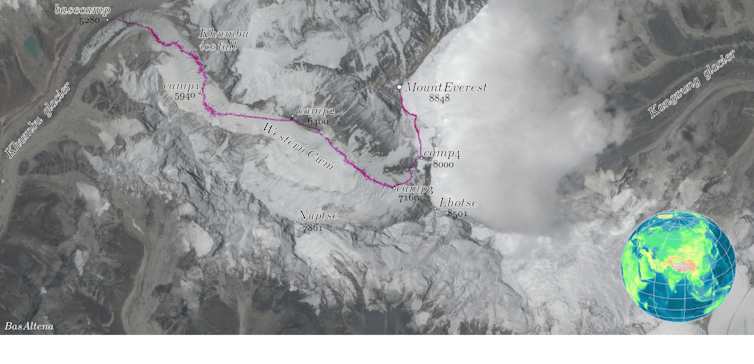This China National Space Administration (CNSA) handout image released by Xinhua News Agency, shows the lander-ascender combination of Chang’e-6 probe taken by a mini rover after it landed on the moon surface.
| Photo Credit: AP
China’s Chang’e 6 probe returned on Earth on June 25 with rock and soil samples from the little-explored far side of the moon in a global first.
The probe landed in northern China on Tuesday afternoon in the Inner Mongolian region.
Chinese scientists anticipate the returned samples will include 2.5 million-year-old volcanic rock and other material that scientists hope will answer questions about geographic differences on the moon’s two sides.

While past U.S. and Soviet missions have collected samples from the moon’s near side, the Chinese mission was the first that has collected samples from the far side.
The near side is what is seen from Earth, and the far side faces outer space. The far side is also known to have mountains and impact craters, contrasting with the relatively flat expanses visible on the near side.
The probe left earth on May 3, and its journey lasted 53 days. The probe has drilled into the core and scooped rocks from the surface.
The samples “are expected to answer one of the most fundamental scientific questions in lunar science research: what geologic activity is responsible for the differences between the two sides?” said Zongyu Yue, a geologist at the Chinese Academy of Sciences, in a statement issued in the Innovation Monday, a journal published in partnership with the Chinese Academcy of Sciences.
China in recent years has launched multiple successful missions to the moon, collecting samples from the moon’s near side with the Chang’e 5 probe previously.
They are also hoping that the probe will return with material that bear traces of meteorite strikes from the moon’s past.








